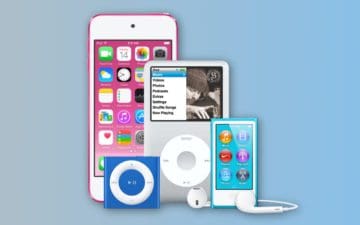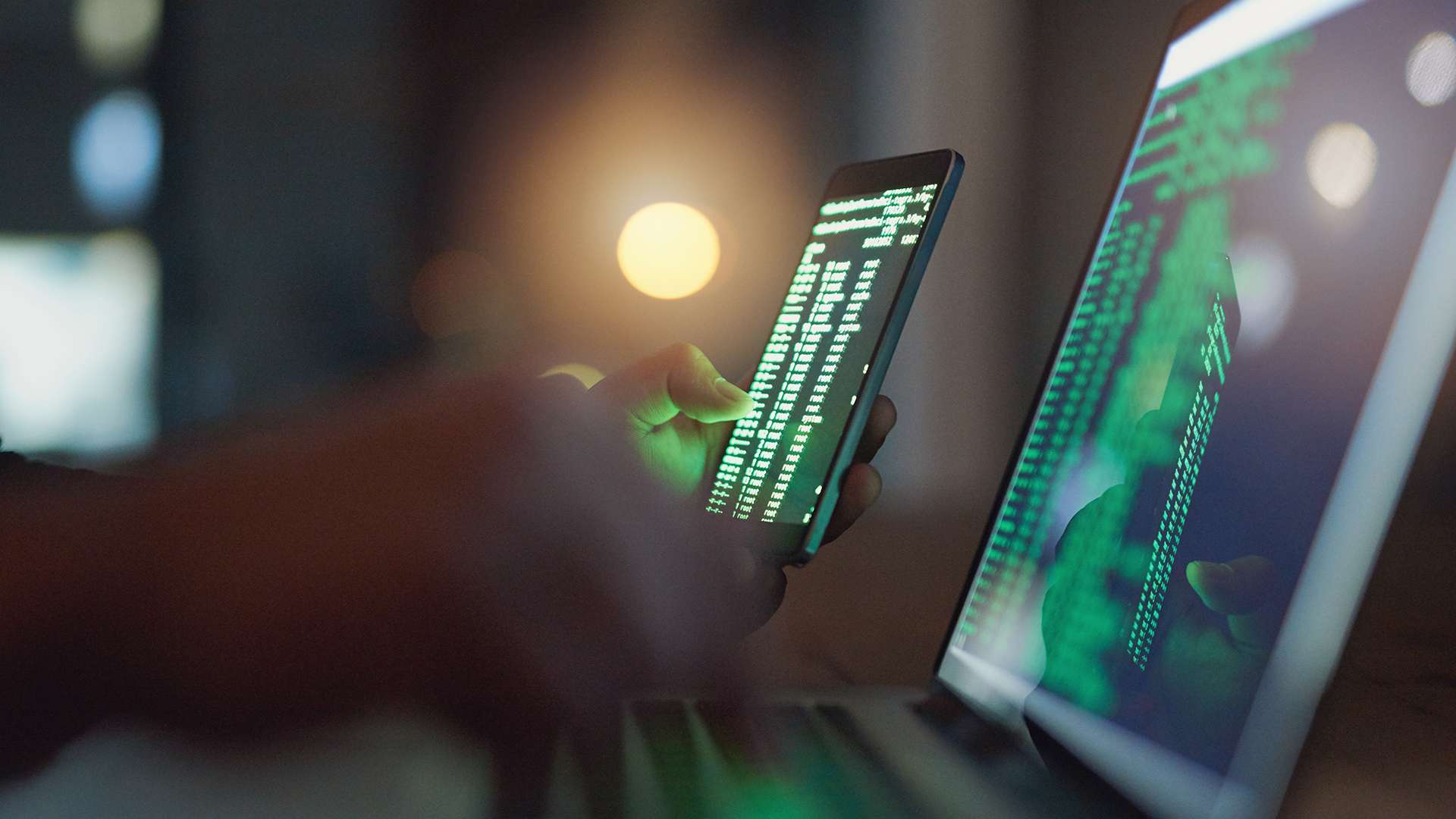

Usually, cybercriminals use scareware to coerce people into buying unwanted software, especially fake antivirus software, that may even be malware itself.īut scareware isn’t just limited to software sales. Some cybercriminals were able to mimic ransomware in earlier versions of iOS with the use of scareware - a malware technique that attempts to frighten victims into taking a specific course of action. Give your iPhone or iPad comprehensive protection against all the ways cybercriminals try to trick you into thinking you’ve been infected with iOS ransomware. In these cases, people fell for the scam and paid the ransom, even though their files weren’t ever encrypted to begin with.Īs always, your best defense against any online threat is a dedicated cybersecurity tool, such as Avast One. While there isn’t any iOS ransomware in the technical sense - as in, a type of malware that can encrypt your data or block your access to it unless you pay - there are ways that its effects can be simulated. Let’s dive into these “fake ransomware” techniques so you can learn to spot them and prevent becoming a victim of a ransomware attack. Cybercriminals have successfully mimicked ransomware on Apple devices to con people into paying a “ransom”, and will probably continue to do so. Many people believe that iPhone ransomware is real, and cybercriminals prey on these misconceptions. Just to make that extra-clear: iPhone ransomware does not currently exist.
#How to get malware off ipod mac#


Clear Cache and Cookies on iPhone and iPod Note: Warning: Clearing all cookies will remove user preferences for the website, login information, shopping cart contents and identifiers for server-based sessions.

Reopen Safari and navigate to a non-Lexis website.If the issue persists user may need to fully close and restart their browser and Clear Cache again. Note: If customer is unable to close all browser tabs, skip this step and perform all other steps. Clear Cache and Cookies on iPhone and iPod Clear Cache on iPad


 0 kommentar(er)
0 kommentar(er)
